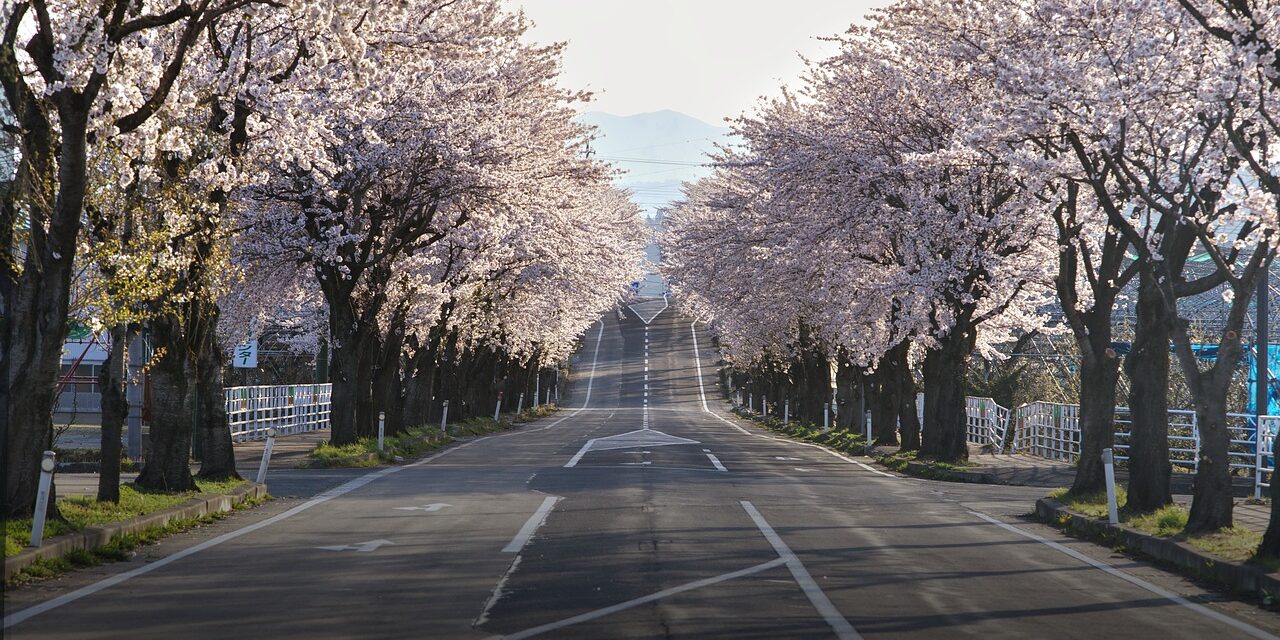Sakura, or cherry blossoms, hold a significant place in Japanese culture and identity, encapsulating the ephemeral beauty of nature and the passage of time. This delicate flower, primarily from the genus Prunus, has become a national symbol of Japan, deeply ingrained in the social and historical fabric of the nation. The appreciation for sakura transcends mere aesthetic appeal; it intertwines with the cultural history of Japan, the psyche of its people, and demographic practices that continue to evolve.
Historically, sakura has been celebrated in Japan for over a millennium. The earliest records of cherry blossoms in Japan date back to the Nara period (710-794 AD), where it is believed that awareness of sakura blossoming times originated. However, it was during the Heian period (794-1185 AD) that the flower began to gain literary prominence. During this period, the nobility would engage in hanami, a traditional custom which literally translates to “flower viewing.” This practice involved gathering among the cherry blossoms, partaking in poetry and the enjoyment of the fleeting beauty of the blossoms. As the flowering tree began to symbolize themes of transience, particularly within the context of *mono no aware*—the awareness of the impermanence of things—it also reflected the samurai ethos of living honorably and fully, for life itself is fleeting.
By the Edo period (1603-1868), hanami had evolved into a popular public activity. Parks were designated for cherry blossom viewing, and families and communities would engage in festivities beneath the blooming trees. The sakura became more than a flower; it became an integral part of Japanese festivals, art, and even gastronomy, with sakura-flavored foods like sakura mochi becoming well-regarded.
Demographically, the sakura has played a crucial role in shaping public spaces and natural reserves within Japan. The country is home to over 200 varieties of cherry trees, with the Somei Yoshino being the most popular. This variant dominates urban landscapes, particularly in cities such as Tokyo, Kyoto, and Osaka, where annual cherry blossom festivals draw millions of tourists domestically and internationally. According to the Japan National Tourism Organization, in 2019, approximately 31.9 million foreign travelers visited Japan, many of whom timed their visit to coincide with cherry blossom season, which typically peaks from late March to early April.
The cultural significance of sakura has also been amplified through its symbolism during times of adversity and peace. For instance, post-World War II, the sakura was embraced as a symbol of hope, resilience, and renewal, fostering a sense of unity among the populace. Moreover, cherry blossoms appear in government and national identity; they feature prominently in the designs of currency and cultural insignia, reinforcing their status as a national emblem.
Statistical analysis of sakura’s influence is revealing. According to a report from the Japan Weather Association, the cherry blossom forecast provides valuable data to locals and tourists alike, creating a “sakura front” that charts the blooming process from the southern regions of Kyushu to the northern prefecture of Hokkaido. This forecast is a testament to the cultural fixation on sakura, drawing massive crowds at key locations such as Ueno Park in Tokyo, where over 1,000 cherry trees offer a breathtaking spectacle during blooming seasons.
Furthermore, the significance of sakura extends beyond Japan; it has become a cultural bridge, fostering connections between Japan and various countries. The cherry blossom trees gifted to the United States in 1912, which were planted around the Tidal Basin in Washington, D.C., serve as a reminder of the friendly diplomatic relations between the two nations. Today, sakura festivals around the world often see large community gatherings, including educational programs aimed at teaching about Japanese culture.
In conclusion, sakura is not merely a backdrop to cherry blossom festivals, but a profound cultural icon that informs the historical and social narrative of Japan. Its deep-rooted existence in Japanese society reflects themes of beauty, transience, and a deep-seated connection to nature. As Japan continues navigating the challenges of modernization, the enduring presence of sakura remains a living testament to the importance of cultural heritage, community, and the appreciation of fleeting beauty. Thus, the legacy of sakura is assured, and its allure remains ever potent—an intrinsic element of what it means to experience Japan.

